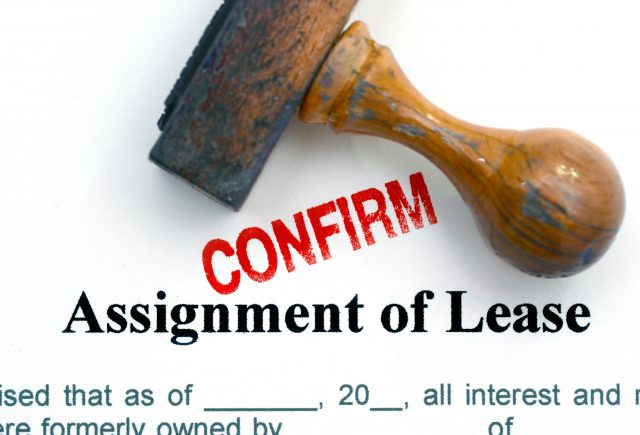November 30th, 2022
The impact of the pandemic can still be felt on multiple fronts, almost three years after its emergence in early 2020. One of the most noticeable of these impacts has been the proliferation of remote work and its influence on where people choose to live and work. Not so long ago, most people chose where they lived based on where they worked or where their industry was focused. Fast forward to the end of 2022, and it’s no longer as cut and dry as it once was.
In recent years, large cities and their suburban rings have lost some of the appeal that previously allowed them to attract employees and homeowners. Today, the rise of remote work and the decentralization of talent that it provides has given way to a surge in demand for both residential and commercial properties in areas that had previously flown under the radar.
Some pundits are saying that these changes are here to stay, so the question is – where are people living and working in a post-pandemic United States?

Read the rest of this entry »
Tags: 2022, austin, Dallas, decentralization, housing, Miami, mobility, Office Space, San Antonio, statistics, Texas, trends
Posted in Best Cities for Business in the USA, Office Talk, Trends and Statistics | No Comments »
Add to: Del.icio.us | Digg
November 15th, 2022
Sustainability practices and green buildings are more popular than ever, making a strong LEED rating extremely desirable to both building owners and prospective occupants. In this blog post, we’ll take a closer look at what the LEED certification system is, why it matters, and some of the benefits you can expect from going through the certification process.

What is LEED Certification and What Does It Stand For?
If you’re unfamiliar with the term, LEED certification is a stamp of approval from the United States Green Building Council (USGBC) that signifies that a building or renovation project meets their high standards for environmentally friendly and sustainable construction. The acronym LEED stands for Leadership in Energy and Environmental Design. To receive LEED certification, a building must score points in several different categories, including water usage, indoor air quality, energy efficiency, reduction of waste, and material selection. In addition, the building must also meet a minimum threshold for overall energy efficiency. While the standards for LEED certification are relatively high, the benefits of certification are significant. Buildings with LEED certification often enjoy lower operating costs, higher rents, and increased market value. As a result, the number of LEED-certified buildings has grown rapidly in recent years, as more and more developers seek to cash in on the green building boom.
Read the rest of this entry »
Tags: 2022, commercial property, leed, LEED certification, LEED platinum
Posted in 2022, CRE | No Comments »
Add to: Del.icio.us | Digg
November 8th, 2022

Dealing with a fixed-term lease agreement and looking to move offices or downsize? The topic of commercial lease transfer can be confusing to navigate, particularly when you are unsure of your rights and obligations under the lease.
If you’re renting a commercial property, you signed a contract at the beginning of your tenancy called a lease agreement, which contains all the details of your rights and obligations while occupying and conducting business operations at the commercial property. Your agent is required by law to give you a copy of the lease agreement if you don’t already have one.
The following article will serve as a full guide to commercial lease assignment, providing business owners with an overview of the legal considerations and elements required for an assignment of lease.
What is a Commercial Lease Assignment?
Also known as a lease transfer, a commercial lease assignment involves a tenant transferring all of their interests and rights in a lease to a new party. This new tenant will take on the responsibilities of the existing lease, including rent and any other obligations, leaving the original tenant free to exit the agreement.
Read the rest of this entry »
Tags: 2022, commercial lease assignment, commercial property, guides, landlords, lease transfer, Office Space, subleasing, tenants
Posted in 2022, Business Advice, Leases, Office Talk | No Comments »
Add to: Del.icio.us | Digg


